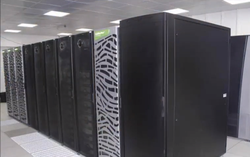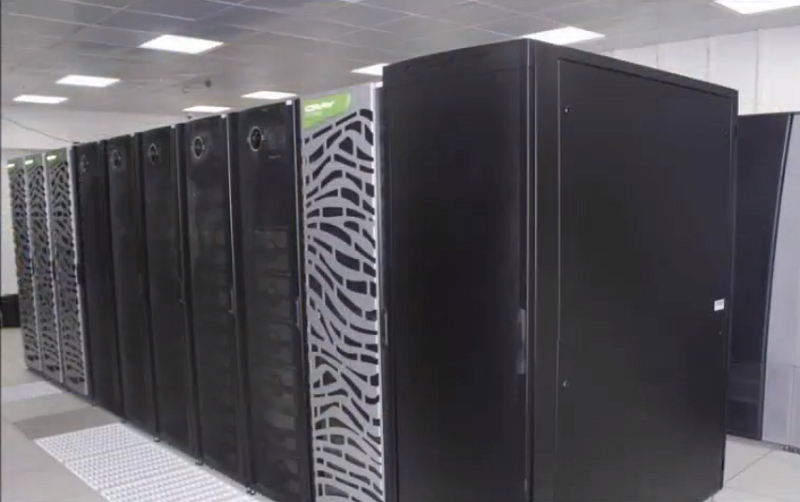
Jan. 18, 2018
By: Michael Feldman
The Ministry of Earth Sciences (MoES) in India has deployed the country’s two fastest supercomputers, which will be used to conduct earth science research and improve weather and climate forecasts.
 The machines, both of which are Cray XC40 supercomputers with ClusterStor storage, are installed at the Indian Institute of Tropical Meteorology (IITM), in Pune, and the National Centre for Medium Range Weather Forecast (NCMRWF), in Noida. Together they provide 6.8 petaflops of peak capacity, along with 18 petabytes of storage.
The machines, both of which are Cray XC40 supercomputers with ClusterStor storage, are installed at the Indian Institute of Tropical Meteorology (IITM), in Pune, and the National Centre for Medium Range Weather Forecast (NCMRWF), in Noida. Together they provide 6.8 petaflops of peak capacity, along with 18 petabytes of storage.
The more powerful one, named “Pratyush,” is installed at the IITM facility, and will primarily be used for supporting research aimed at improving weather and climate models. At 4.0 petaflops, it is now India’s most powerful supercomputer, eclipsing the previous champ, a 1.2-petaflop system installed at the Indian Institute of Science’s Supercomputer Education and Research Centre (SERC). The new NCMRWF supercomputer is a 2.8-petaflop system and will be used to generate daily weather forecasts for the country.
According to Dr. Madhavan Nair Rajeevan, Secretary, Ministry of Earth Sciences, Government of India the new systems will be used to produce weather and climate models at much higher resolutions, allowing them to generate more accurate and more reliable forecasts.
“Our country needs better forecasts for weather and climate events such as monsoons, tsunamis, cyclones, and extreme heat waves and cold snaps, and so it is imperative that we augment our HPC facilities with highly-advanced supercomputing systems,” said Rajeevan. “The two new Cray systems are major steps forward for MoES, and allows us to stand tall in the international weather and climate communities.”
With regard to that last comment, the additional 6.8 petaflops of capacity brings India on par – at least with regard to hardware – with other top tier weather and climate facilities in the US, the UK, France, Japan, and South Korea. Currently the most powerful such system used for these purposes is an 8.1-petaflop supercomputer, which supports the UK Met Office. Like the new Indian machines, the UK system is also a Cray XC40.
In fact, Cray is by far the dominant vendor for systems used for numerical weather prediction and climate research. The company says that more the three-quarters of the World Meteorological Organization’s Long Range Global Modelling Centers have selected Cray machinery for their work, an achievement made possible, at least in part, by IBM’s abandonment of its once-popular Blue Gene supercomputer line.
In this case, Cray’s contract for the two new Indian systems, along with services, brought in $67 million. The systems were accepted in late 2017.
